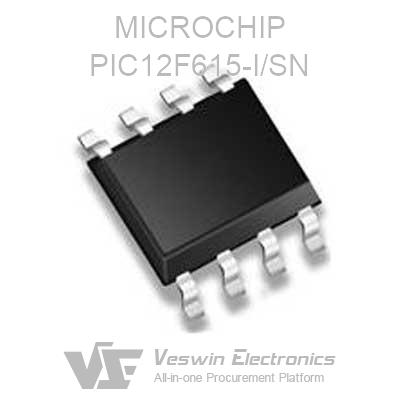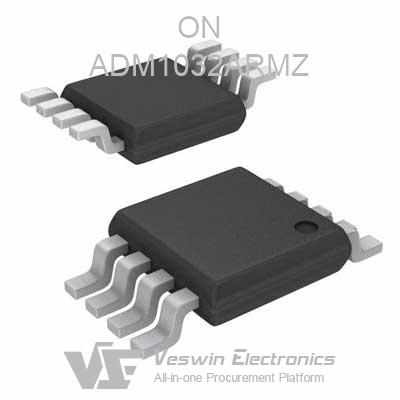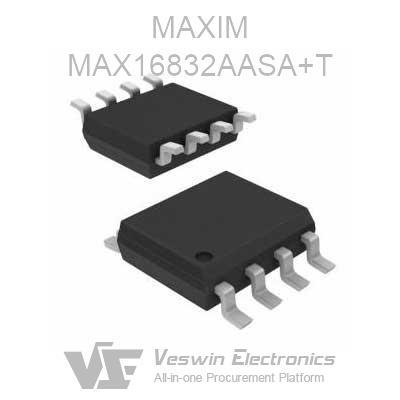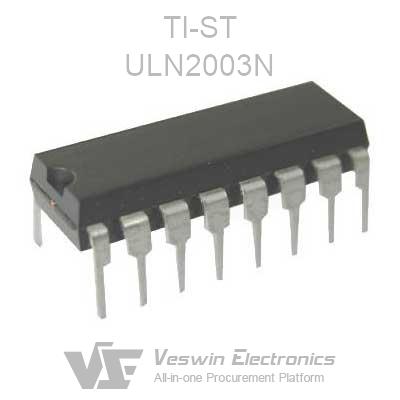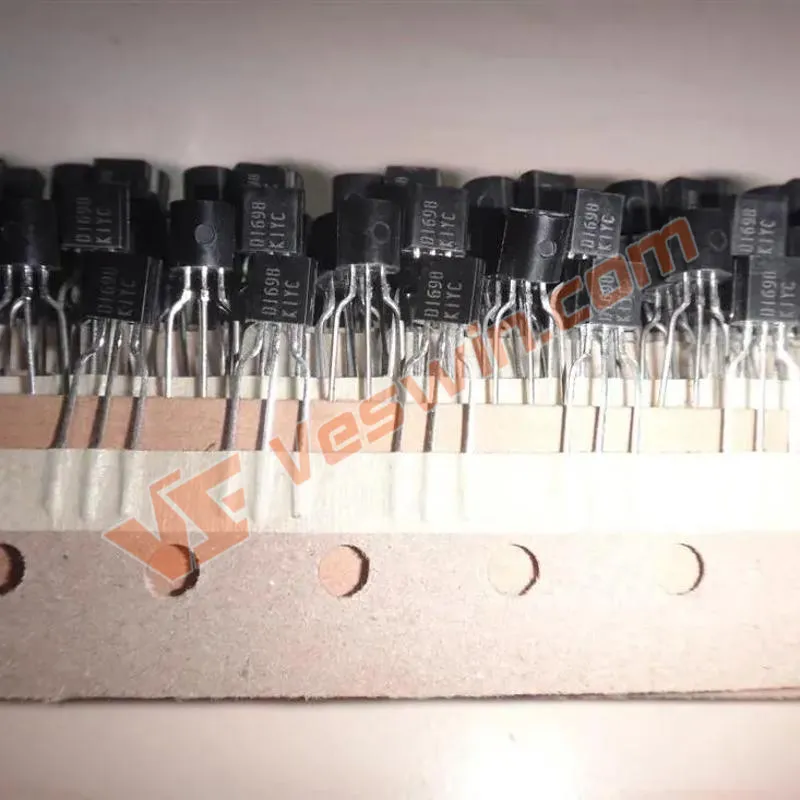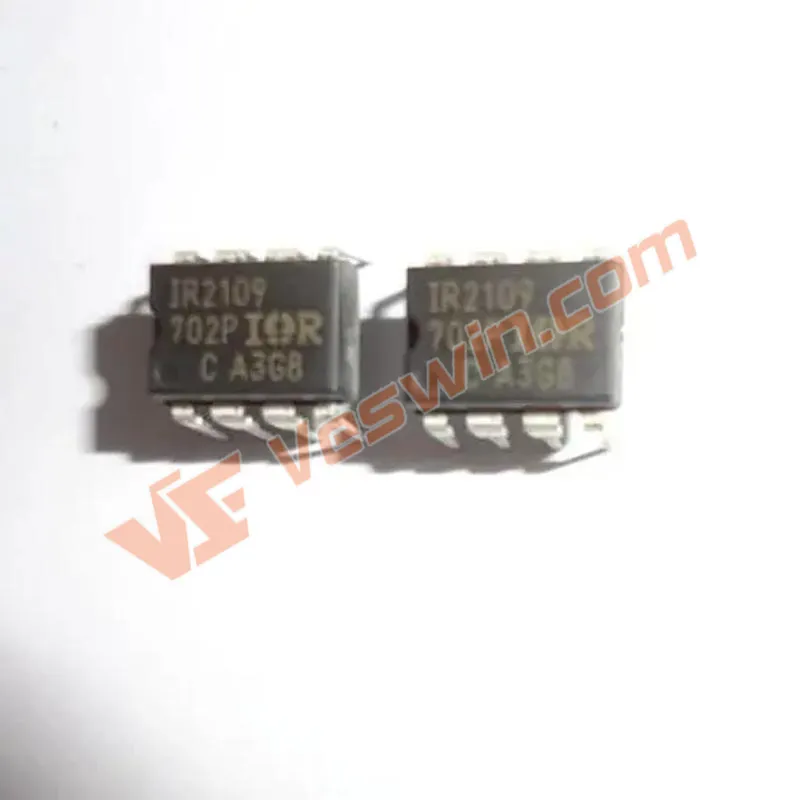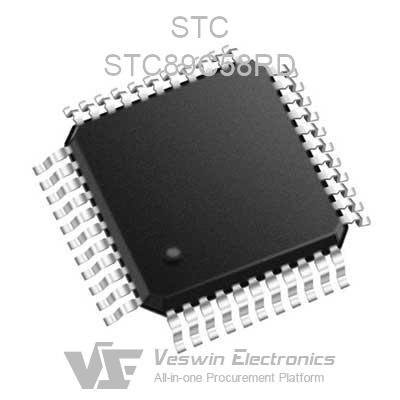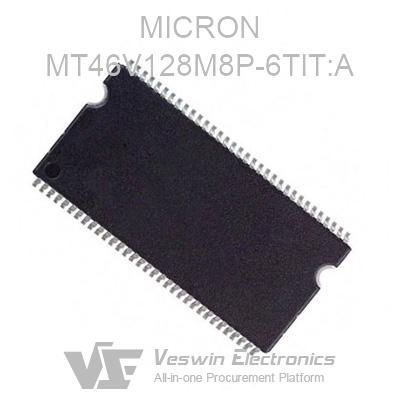1. About the concept of thermal resistance.
The resistance encountered by the heat in the heat flow path, reflecting the size of the medium or inter-medium heat transfer capability, indicates the size of the temperature rise caused by 1W of heat in °C/W or K/W. The temperature rise on that heat transfer path can be obtained by multiplying the thermal power consumption by the thermal resistance. A simple analogy can be used to explain the meaning of thermal resistance. The amount of heat transfer is equivalent to current, and the temperature difference is equivalent to voltage, then the thermal resistance is equivalent to resistance.
The basic principle of calculating the thermal path: starting from the inside of the chip, the temperature difference between any two points equals the device's power multiplied by the thermal resistance between these two points. This is somewhat like Ohm's law. The voltage drop between any two points equals the current multiplied by the resistance between these two points.
Tmax: The maximum temperature rise allowed when the power is P
TA: Temperature Ambient
TC: Temperature Case
TJ: Temperature Junction
Thermal resistance RJA: the total thermal resistance of the chip's thermal junction to the surrounding Ambient, multiplied by its heat generation to obtain the device temperature rise.
Thermal resistance RJC: the thermal resistance between the chip's heat source junction and the package shell, multiplied by the amount of heat generated to obtain the temperature difference between the junction and the shell.
Thermal resistance RJB: The thermal resistance between the junction of the chip and the PCB board, multiplied by the amount of heat dissipated through the single board thermal conductivity to obtain the temperature difference between the junction and the single board.
2. The calculation formula of the thermal resistance of electronic components.
General formula: Tcmax=TJ-P*(RJC+RCS+RSA)
Condition 1: When the heat sink of the power transistor is large enough, and the contact is good enough, the shell temperature TC=TA, the thermal resistance between transistor shell and environment RCA=RCS+RSA=0.
Thermal resistance formula: Tcmax=TJ-P*RJC
Condition 2: The heat sink is not large or contact general enough/poor case.
Thermal resistance formula: Tcmax=TJ-P*(RJC+RCS+RSA)
-- where RJC indicates the thermal resistance of the chip internal to the shell; RCS indicates the thermal resistance of the shell to the heatsink; RSA indicates the thermal resistance of the heatsink to the environment.
Condition 3: Without heat sink case.
In high-power semiconductor devices, the thermal resistance formula Tcmax = TJ-P*(RJC+RCA), where RCA indicates the thermal resistance from the shell to the air.
Small power semiconductor devices, thermal resistance formula: Tcmax=TJ-P*RJA, where RJA indicates the thermal resistance between the junction to the environment.
General use conditions are approximated by the formula TC=TJ-P*RJC. Manufacturers' specifications generally give parameters such as RJC and P. Generally, P is the power consumption at 25 degrees. When the temperature exceeds 25 degrees, there will be a derating indicator.
Hot News
